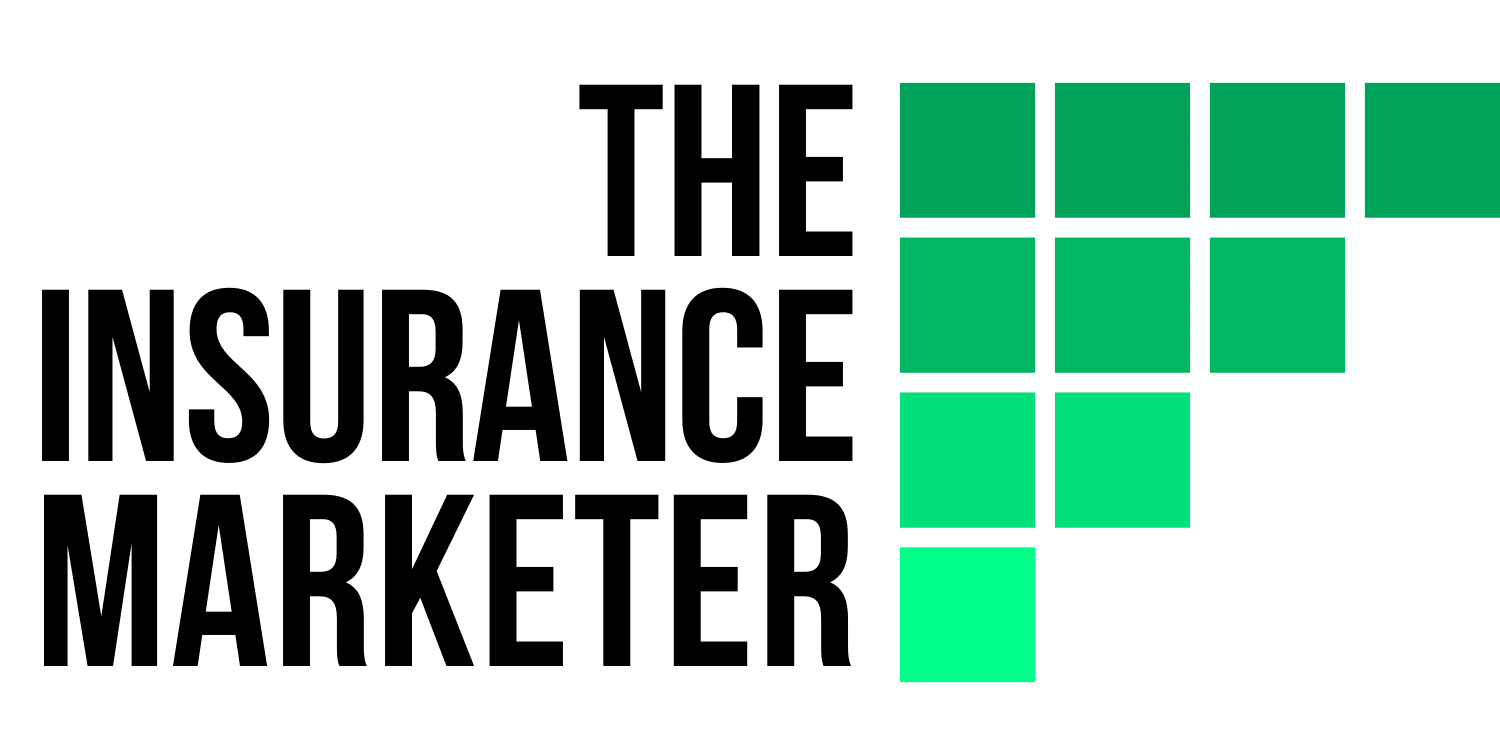In recent months, due to the ongoing situation regarding COVID-19, many personal vehicles as well as commercial fleets have been spending drastically less time on the road. Some people feel that they have been overpaying for the coverage they do not need during this time. As a result, the demand for usage-based insurance has increased.
In this article, I will explain what usage-based-insurance is and how it works, talk about the pros and cons, explore the target segments, and share a few marketing ideas for marketers to capitalize on the potential growth of this product.
What is usage-based insurance?
Usage-based insurance (UBI), also referred to as pay-as-you-drive (PAYD) or pay-how-you-drive (PHYD), is a new kind of auto insurance whereby premiums are determined by measuring the mileage used and driving behavior. It rewards drivers who drive less and drive safely with lower premium.
See this 1-minute explainer video by Dan Preston, the CEO of Metromile:
How does usage-based insurance work?
Unlike traditional auto insurance that relies solely on demographics such as age, location, claim history or even credit score to determine the premium, usage-based insurance calculates the rate based on how the car is used – with a set of trackable metrics like mileage and/or driving habits.
The data that insurance companies collect can include :
- Mileage
- Speed
- Location
- Driving time
- Idling time
- Corning (how good you take corners)
- Acceleration
- Braking
- Fuel consumption
- and more
Data collected will be transmitted to the insurance company for analysis and eventually used for the calculation of the premium. That being said, not every insurer uses all the tracked data to determine premium. They are only using the data according to the type of UBI program they offer.
Three types of usage-based insurance
There are three main types of UBI, each calculating premium based on different sets of metrics:
- Pay-as-you-drive (PAYD) or pay-per-mile: Insurance premium based on mileage (how much you drive), not where or how.
- Pay-how-you-drive (PHYD): Insurance premium based on driving behavior (how you brake, accelerate, and turn).
- Manage-how-you-drive (MHYD): The premium is calculated based on the same way as PHYD. This model proactively sends real-time alerts to drivers to ensure safety.
What is telematics?
Insurance companies use telematics (hardware installed onboard or mobile apps) to track the actual mileage and/or driving behavior. The data collected will be analyzed and used to calculate the premium.
Telematics comes in three main forms:
- Hardware pre-installed in your vehicle by the manufacturer
- Plug-in device that can be self-installed to your vehicle
- Mobile apps downloaded on smartphones
Smartphone telematics are becoming more and more popular for the cost and efficiency in comparison to telematics that require hardware installation. With GPS and mobile phone sensors already built into your smartphones, the data collected through dedicated mobile apps has become highly accurate.
Does usage-based insurance always lower the premium?
If you drive less and drive safely in comparison to the other policyholders, your premium will be lower with an UGI program. But if you do the opposite, your premium would certainly go up.
According to Penny Gusner, an analyst for CarInsurance.com, usage-based insurance can reduce premium rate by 10% to 30% for personal use of cars. So if you foresee yourself driving less as a result of WFH, change of lifestyle or office/home relocation, you will save money with usage-based insurance.
The Pros and Cons of usage based insurance
With mobile apps telematics, insurance companies do not have to bear the high cost to sponsor the manufacturing, distribution and installation of UBI hardware. And for customers, there is literally no entry barrier as long as they have a smartphone to download a mobile app. Let’s discuss the pros and cons of UBI:
The Pros
UBI is a “win-win-win” for drivers, insurance companies as well as the society as a whole.
Benefits to drivers:
UBI not only reduces premium for drivers who drive less and safely, but it also lowers premium for inexperienced and risky drivers (who are usually charged with higher rates by insurers). It is because the calculation of premium is based on their real-time driving behaviour, which can be improved over time – not their previous driving record.
Benefits to insurance companies:
UBI rewards safe-drivers with lower premiums. When more people drive more safely, there will be less accidents. Insurance companies will benefit because there are less claims to pay. This will increase their profit margin.
Benefits to society:
With UBI, people may have a higher tendency to cut-down non-essential trips in exchange for lower premium. Or they may switch to public transport for short-distance trips. This keeps the road clear and reduces traffic congestion and accidents.
The Cons
One of the biggest concerns about UBI is privacy and potential data breaches. By joining UBI, you are allowing insurance companies to collect data generated from your driving habits at all times.
Some people see this as a kind of monitoring and are uncomfortable about it. But this sentiment is improving.
In fact, 69% of global consumers are willing to share data on their health, exercise, and driving habits – in exchange for a lower premium from their insurers, up 19% versus two years ago according to Accenture.
Which customer segment could benefit from usage-based insurance?
Young drivers: Insurance companies rate inexperienced drivers, including drivers under 25, as a high-risk segment. They usually have to pay a higher premium on traditional auto insurance . But the rates of UBI depend on the actual driving behaviour, which can be improved if they drive safely.
Drivers with imperfect credit score: Likewise, some insurance companies charge higher premiums for people with lower credit scores. But usage-based insurance does not take that into account.
Drivers with previous claim history: People with previous accident claims are most likely to have their premium increase as a result. And their no-claim-discount will also be reset to zero after a claim. UBI may not rely as much on historical data like claim history.
Infrequent drivers like students, retirees, or city residents: These groups of drivers may drive much less than people who use the vehicle to commute everyday. UBI will help to reduce their premium because of lower mileage.
How to market usage-based insurance?
According to Acumen Research and Consulting, the global usage-based insurance (UBI) market is expected to grow at CAGR around 29% and reach around US$190 billion by 2026.
So we expect the market will become very competitive with existing big players and emerging insurtech startups alike. To stand out from the crowd, marketers could consider these 4 tactics to promote the product:
Tailor your marketing message to each segment
I have just identified at least 4 segments that are more likely to benefit from using UBI. They encompass a diversified demographic and each segment should have its own needs. You should grab their attention by using tailored marketing messages for each segment.
For example, you will need a different approach for seniors, students, or teachers. Also, providing personalized packages to address their different needs will help you stand out from the competition.
Create a seamless customer experience
UBI customers may come from a variety of backgrounds. A seamless customer experience takes care of their different needs and answers their questions both online and offline. With this in mind, your customers are likely to remain loyal and this will also attract new customers.
User friendly mobile apps and a smooth application process is only the first step.
Be sure to provide a more engaging experience with online messaging as well as a customer service hotline.
Promote the social cause
On top of the money-saving elements, UBI is also beneficial to the society for advocating good driving habits and preventing accidents. Millennials, in particular, are very keen on serving positive social causes.
Promoting the social cause of UBI would help prove to customers that your brand is authentic and can be trusted.
ALSO READ:
Work with insurance aggregators
Compare car insurance has become an integral part of the customer journey when it comes to buying insurance online. By working with insurance aggregators, a brand stands a better chance of getting exposure.
You goal is to be as transparent as possible about the quotation process. And it is very import to make it simple and easy.
Conclusion
As you can see, there’s more to say about UBI than just promoting the price.
UBI could grow faster than expected as social distancing is here to stay as more and more organizations endorse the WFH model.
The sooner you learn how UBI works and how it may benefit the target customers, the better the chance you will differentiate your brand from your competitors.
Good luck!
Car vector created by pch.vector – www.freepik.com
Further Reading
- By Bits rolls out white-label usage-based insurance offering (Business Insider)
- Automotive Usage based Insurance Market Size 2021: Expected to Boost the Global Industry Growth in Upcoming Year (NeighborWebSJ)
- Usage-Based Insurance Market Trends, Share, Growth Rate, Opportunities and Market Forecast to 2021 – 2024 (MENAFN)
- Usage-Based Insurance Market Study Report (2021-2026), Competitive Analysis, Proposal Strategy, Potential Targets|MetroMile, Progressive, Allstate, Nationwide, Esurance, etc (ksusentinel.com)




